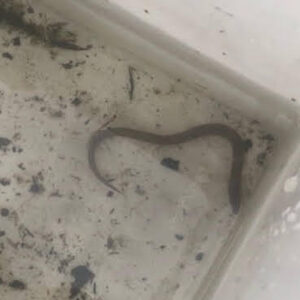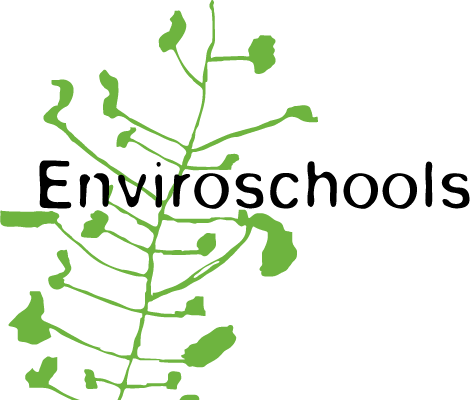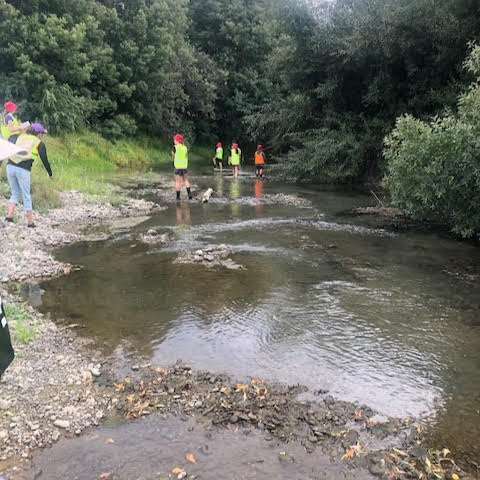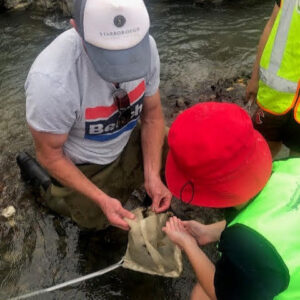Tua Marina Stream Study
The Tuamarina Awa is a tributary of the Wairau Awa and flows through the largest remaining wetland in the Wairau catchment, the Para Wetland. Unfortunately, the water quality of the Tuamarina awa is rated as marginal, unacceptable water quality that needs to be improved.
The awa passes Tua Marina school on the opposite side of SH1. It’s not an easy place to get to but the senior students wanted to learn more about it. Particularly its health and what they could do to care for it now and in the future.
With a whole school inquiry into science, they leapt at the chance to investigate the awa with a scientific lens. They studied the cycle of rangi and papa. Then set up experiments to model how vegetation affects water movement into the awa and capture the volume of oxygen aquatic weed produces to understand how it can change the oxygen levels in the awa.
Student observations
Continuing to build their puna mātauranga, they headed to the awa to measure the health of the awa for themselves. They chose to study the confluence of the Tuamarina and Wairau Awa. Although close to each other, the students noticed the two awa were quite different. Wairau has a stony bottom. Whereas Tuamarina was muddy underfoot and after moving through the water the sediment became suspended in the water. The water moved quite quickly down the Wairau however it was slower in the Tuamarina. The students also noticed the flow of the Tuamarina awa was much slower further up stream.

Eel elver
It was the identification of fish and invertebrates that excited the children the most. They found lots of cockabullies and even an eel elver. But mayflies, caddisflies and dobsonflies, indicators of a healthy awa, were nowhere to be seen.
A parent had set a tuna trap the night before and surprised the students with how many they had caught. It was a great opportunity to learn how to identify a longfin eel from a shortfin eel. They also discuss their migratory lifecycle. It was great to know such healthy taonga were living in the awa and mihi to them once they were released.
The students took a water sample back to class with them to continue their science focus and set up more experiments.
We look forward to hearing more about their investigations and the recommendations they come up with to help restore their awa back to health.



